Designing cubesats on the forefront of the “new space”
December 2016
Kelly Hering, 25, spacecraft engineer at Planet
The workers at Planet, a 375-person company in San Francisco, like to say they are “democratizing” Earth observation, a field once dominated by intelligence agencies and a few large companies. Formerly called Planet Labs, the company operates 58 spacecraft about the size of a loaf of bread called Doves. Each 4-kilogram Dove orbits at such a low altitude that it falls back into the atmosphere in about two years, which means new Doves must join the flock about every three months. In 2015, Planet acquired five spacecraft with its purchase of RapidEye AG, a German geospatial information company. In September, Planet won a $20 million award from the U.S. National Geospatial Intelligence Agency. As a spacecraft engineer specializing in mechanical design, Kelly Hering is responsible for Dove’s optical payload, avionics, communications, power, and attitude determination and control systems.
How did you become a spacecraft engineer?
In high school, one of my mentors suggested I apply to an engineering summer program. I found one that suited my love of design and desire to help others: an Engineering for Community Service program at Columbia University. I came home having designed an irrigated garden for senior citizens to use inside a nursing home. This jump-started my interest in mechanical engineering, as I could use my skills to design physical things to better the world around me. During my sophomore year at Brown University, I joined a student group that was working on a cubesat called EQUiSat. For the next two years, I led the power subsystem team, focusing on the battery pack and solar panel designs. Cubesats, at the time, were an exciting new prospect for space — they were a more affordable way to design, test and launch a satellite. Until Planet, this was really only utilized by universities like Brown. Planet is pushing the industry forward and challenging the status quo of decade-long, multimillion-dollar government satellite programs. So when I had the unique opportunity to continue designing on cubesats at a company on the forefront of the “new space” effort, I jumped at the chance.
Designing for a constellation of cubesats pairs typical aerospace design with product design. The aerospace portion covers harsh structural environment during launch and a wide array of thermal environments in space. My parts go through extensive testing to de-risk this on the ground, and we use telemetry as a feedback mechanism to understand how we perform on orbit. The other challenge is in designing for an entire fleet, or “flock” as we call it at Planet. When the number of satellites produced grows from one to 10 to 100, things like design for manufacture and assembly become increasingly important, much like in product design. The key differences here are that we can never fully test in our true environment, and once we ship the satellites, they can’t be recalled.
What kind of things will be going on in space in 2050?
The SpaceX first stage landings and the beginnings of nanosatellite launch systems to name a few. I expect these efforts to help make reaching space in 2050 not only much cheaper but much more accessible. To that end, I hope civilians will be exploring this space frontier by 2050, and our constraints and challenges will morph accordingly. We will be charged with designing space habitats, orbital fuel transfers and more advanced propulsion systems. I hope the aerospace industry will utilize the iterative and innovative techniques developed at commercial space companies like Planet to push the boundaries of what is possible from now through 2050.








